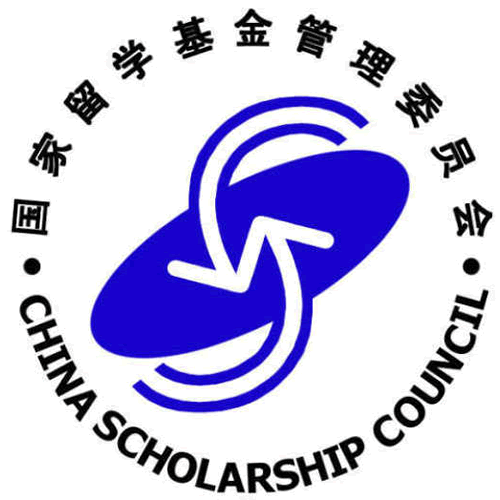PhD Research Studentships
Developing smart molecular-level biomarkers for osteoarthritis using ultrastructural imaging
| Supervisor: | Himadri GUPTA |
| Apply by: | 29 January 2025 |
| Start in: | September (Semester 1) |
Description
Progression of musculoskeletal disorders like osteoarthritis (OA) [1] or ligament injuries affect a growing fraction of the global populace (>500 million worldwide [2]), causing significant pain, immobility, surgical costs and loss of life quality. Early detection of changes in the skeletal joints is key to effective prevention, treatment, and saving medical costs, but is challenging to detect using clinical imaging which is relatively low resolution. Existing serum-based biomarkers can indicate joint components are breaking down but cannot image the state of the local cell-and tissue-level mechanobiological environment at the molecular and microscale. Recent advances in high-brilliance X-ray scattering-based imaging [3] and microcomputed tomography [4] have demonstrated the unique capacity to image the in-situ dynamics of the extracellular matrix (ECM) in joints at small scales under physiological loading. This project will exploit these new developments to develop novel structural biomarkers of joint changes in OA at the earliest stages, which can be correlated to clinical images. Using a mixture of in vitro models and mouse models of joint disease, tissue explants will be extracted, subjected to in vivo loading conditions and imaged in situ using structural and chemical imaging techniques. The student will use the advanced synchrotron imaging facilities at Diamond Light Source and be trained in multimodal image correlation using deep learning and AI techniques. It will leverage the state of the art in multiscale imaging (x-ray scattering, spectroscopy and tomography) of the ECM network and new 3D ultrastructural models developed by us. They will use transfer learning to apply ultrastructural information from the high-resolution imaging to lower-resolution (organ level) clinical imaging on the identical system, enabling potential translation to clinical use. Their research will be facilitated by collaborations with scientific machine learning expertise at the Rutherford Appleton Labs, and with the Barts Biomedical Research Centre for clinical application.
[1] S. R. Goldring, M. B. Goldring, Nat Rev Rheumatol 2016, 12, 632 [2] H. Long, Q. Liu, H. Yin, K. Wang, N. Diao, Y. Zhang, J. Lin, A. Guo, Arthritis and Rheumatology 2022, 74, DOI 10.1002/art.42089. [3] W. Badar, S. R. Inamdar, P. Fratzl, T. Snow, N. J. Terrill, M. M. Knight, H. S. Gupta, Adv. Sci. 2024, 2407649. https://doi.org/10.1002/advs.202407649 [4] K. Madi, K. A. Staines, B. K. Bay, B. Javaheri, H. Geng, A. J. Bodey, S. Cartmell, A. A. Pitsillides, P. D. Lee, Nat Biomed Eng 2020, 4, 343.

Funding
Funded by: China Scholarship CouncilCandidate will need to secure a CSC scholarship.
Under the scheme, Queen Mary will provide scholarships to cover all tuition fees, whilst the CSC will provide living expenses and one return flight ticket to successful applicants.
Eligibility
- The minimum requirement for this studentship opportunity is a good honours degree (minimum 2(i) honours or equivalent) or MSc/MRes in a relevant discipline.
- If English is not your first language, you will require a valid English certificate equivalent to IELTS 6.5+ overall with a minimum score of minimum score of 6.0 in each of Writing, Listening, Reading and Speaking).
- Candidates are expected to start in September (Semester 1).
Contact
For informal enquiries about this opportunity, please contact Himadri GUPTA.
Apply
Start an application for this studentship and for entry onto the PhD Medical Engineering full-time programme (Semester 1 / September start):
Please be sure to quote the reference "SEMS-PHD-647" to associate your application with this studentship opportunity.
| Related website: | https://www.sems.qmul.ac.uk/staff/h.gupta/ |
| Keywords: | Biophysics, Structural Biology, Artificial Intelligence, Machine Learning, Bioengineering, Biomedical Engineering, Nanotechnology, Biomechanics, Tissue Engineering |

